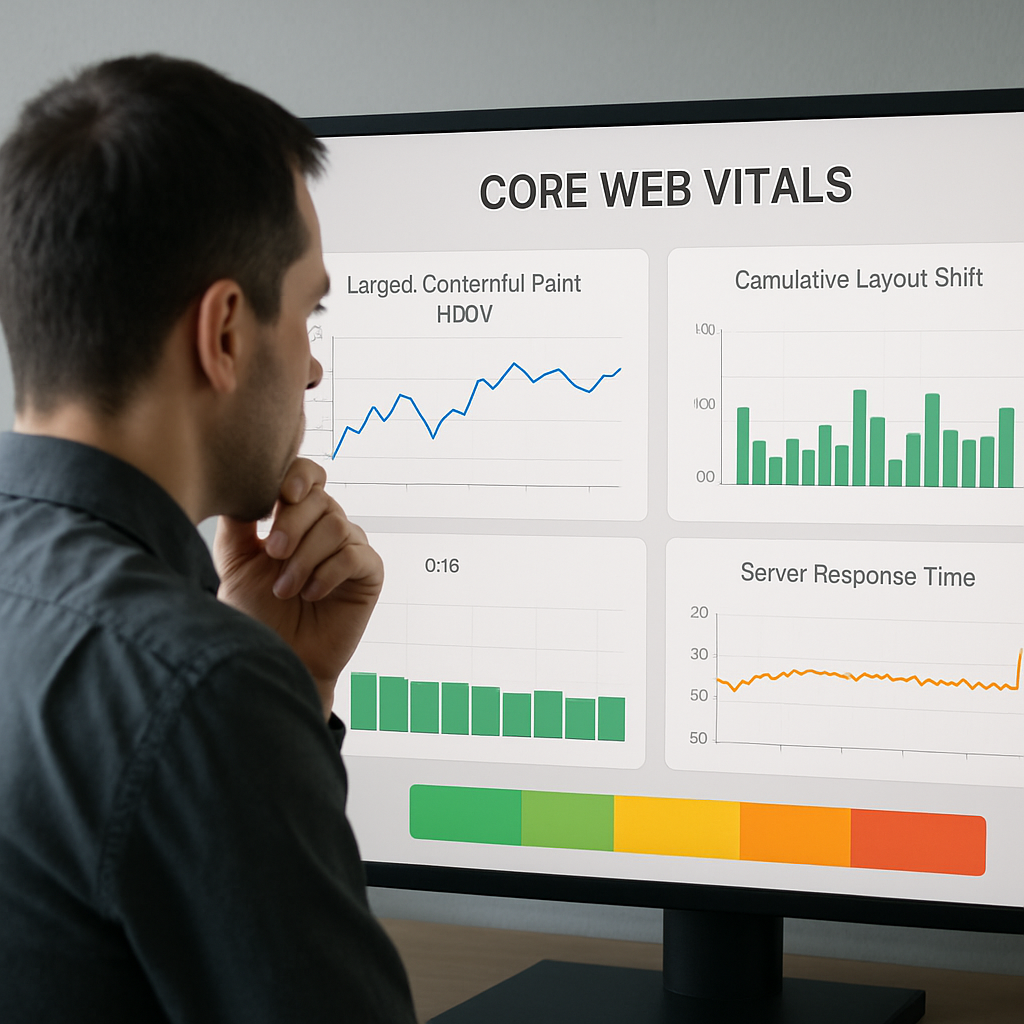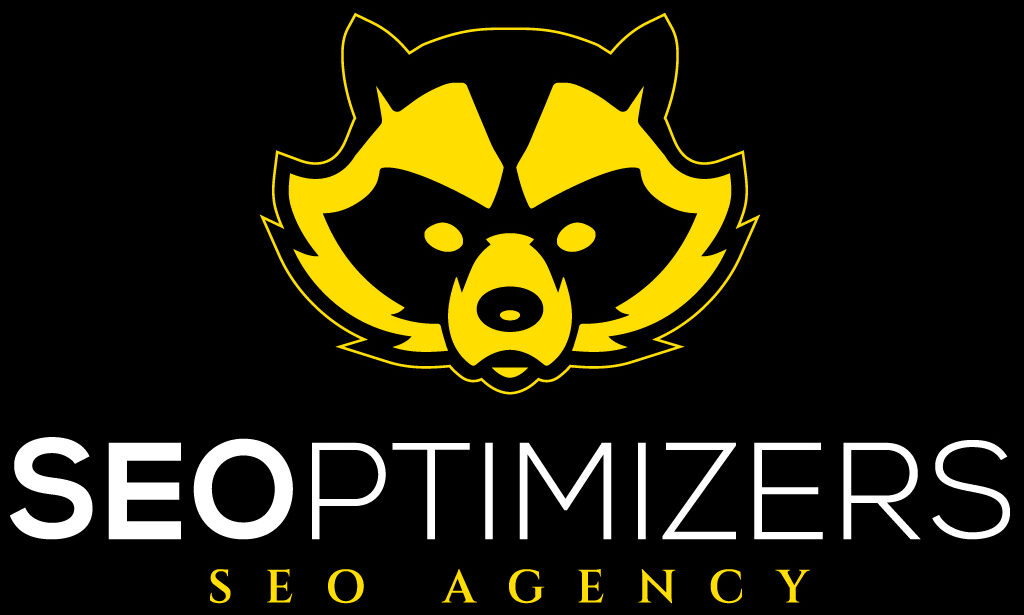In a landscape where search engines read context more deeply than ever, businesses must pair technical discipline with human judgement to stay visible. This article examines how an SEO consultant can transform a brand’s online footprint by combining modern tools, local intelligence, and content shaped for intent. You’ll meet Ava, a small-business founder whose independent homewares shop struggled with declining traffic until she partnered with a specialist who aligned site performance, EEAT, and AI-aware content. The result was not just higher rankings but increased conversions and measurable revenue uplift. Practical checklists, tool comparisons, and step-by-step workflows are provided to help entrepreneurs and in-house marketers prioritize actions that matter. Links to actionable resources and case-focused tactics show how to manage local pages, optimize for voice and visual search, and measure Core Web Vitals improvements. Throughout, the emphasis is on repeatable processes an SEO consultant brings: expert diagnosis, authoritative execution, and ongoing trust-building with customers and search engines alike.
How AI-driven search and conversational intent reshape consultant strategies
When Ava first consulted an SEO specialist, her main goal was increased traffic. The consultant reframed the objective: traffic that converts, and visibility that builds trust. This shift started by acknowledging a fundamental change in how search engines operate: AI-driven search now prioritizes context and intent over raw keyword matches. Google’s substantial investments in conversational models mean that pages need to satisfy whole queries, anticipate follow-ups, and present facts in a way that an AI can parse as trustworthy.
SEO consultants respond by redesigning content workflows rather than simply adding keywords. They implement structured data, author profiles, and content outlines that map to user journeys. For Ava, that meant converting a product page into a hub that answered usage questions, shipping inquiries, and local availability, all optimized with schema markup to clarify intent for crawlers.
Practical steps consultants take
- Content audits that score pages for user intent coverage and identify gaps where conversational queries are unanswered.
- Structured data rollouts using schema.org to mark products, reviews, FAQs, and local business info for better AI comprehension.
- Editorial frameworks that include voice-friendly question headings and answer blocks designed for snippet extraction.
- Integration with analytics to track which conversational phrases drive conversions, not just clicks.
To implement these steps, consultants leverage modern toolsets. Platforms like Semrush, Ahrefs, and Moz help discover intent-driven queries and topical gaps. Technical crawlers such as Screaming Frog reveal structural issues that block schema. Competitive intelligence tools like SpyFu and Searchmetrics highlight competitor intent strategies, and plugins such as Yoast assist with on-page clarity and readability.
Beyond tools, consultants craft sample conversational flows. For Ava, an FAQ block was built to cover “how-to” use cases and regional availability questions phrased exactly how customers ask them. The consultant tested voice-search reads to ensure that snippets were natural when read aloud by mobile assistants. They also created variant answers targeting visual-search scenarios—short, descriptive captions for images so that tools like Google Lens could map visuals to product pages.
Examples of optimized conversational headings used for Ava’s store included “What materials are used in this handwoven rug?” and “Where can I see this product in person near me?” These headings were intentionally phrased as full questions so voice assistants and AI search models would surface concise, accurate answers.
Consultant impact is measurable. By moving from isolated keyword targeting to context-first content, Ava’s organic sessions began attracting higher-intent users. Conversion rates improved because pages answered questions that previously required a customer to contact support. The insight is clear: AI-aware, intent-driven content is non-negotiable for consultants delivering measurable SEO results.
Key insight: consultants who prioritize conversational intent and structured data bridge the gap between search engine AI understanding and user expectations, producing traffic that converts.

Local SEO, multi-location tactics, and hyper-personalization for conversion
Ava expanded her shop to two pop-up locations and realized that national SEO was not enough. She needed hyper-local visibility. This is where a consultant’s local playbook becomes invaluable. Local searches are inherently transactional and intent-rich; a consultant aligns business listings, local landing pages, and citation consistency to capture nearby customers at the moment of intent.
Consultants apply a rigorous approach to multi-location SEO. They ensure each location has a unique landing page, optimized with geo-specific content, local schema, and tailored reviews. They check consistency across directories like Google Business Profile and third-party citation sources. To operationalize this, the consultant used a localized content calendar detailing events, local partnerships, and targeted promotional copy.
Checklist for localized optimization
- Consistent NAP (Name, Address, Phone) across all listings and directories.
- Unique landing pages for each location with local testimonials and neighborhood context.
- Geo-specific schema and localized FAQ tailored to regional concerns.
- Local backlink acquisition by partnering with community organizations and local publishers.
- Monitoring and adjustments using local rank tracking and Google Business Profile analytics.
For businesses uncertain how to begin, guides like the multi-location optimization playbook are essential. Consultants often reference industry resources and localized case studies to design campaigns. In Switzerland, for example, teams prioritize bilingual content and regional directories; consultants benefit from localized audits like the one described in this guide: multi-location SEO guide. Practical execution included partnering with local influencers and securing stories in neighborhood publications to generate geo-relevant backlinks and social proof.
Voice and visual search also matter locally. A consultant ensures image alt text and filenames mention neighborhoods or city districts, and page content answers questions such as “Is this product available near [neighborhood]?” for voice queries. These small touches dramatically improve discoverability for mobile, in-store searches, and voice assistants.
Tools for local SEO include BrightEdge for enterprise-level localization insights and Serpstat for tracking local keyword clusters. Consultants also use on-page plugins like Yoast to maintain consistency while managing multiple pages. For local audits and technical site health, Screaming Frog is indispensable.
Examples of results: within four months of a targeted local strategy, Ava’s store saw a 40% increase in in-store appointment requests and a clear uplift in searches for “near me” variations. This demonstrated that localized pages and consistent citations outperformed generic storefront listings.
Key insight: hyper-personalized, multi-location SEO executed by a consultant turns local intent into measurable footfall and transactions; consistent NAP, localized content, and targeted backlinks are the pillars of success.
Technical performance, Core Web Vitals, and the role of consultants in site health
Technical issues can silently erode rankings and conversions. When Ava’s consultant ran a technical audit, they uncovered multiple issues affecting user experience: oversized images, render-blocking JavaScript, and layout shifts on product pages. The consultant prioritized Core Web Vitals—Largest Contentful Paint (LCP), First Input Delay (FID) (or Interaction to Next Paint), and Cumulative Layout Shift (CLS)—because search engines increasingly use these metrics as ranking signals.
Consultants balance quick wins with longer-term infrastructure improvements. Quick wins include compressing and lazy-loading images, inlining critical CSS, and deferring non-essential scripts. Longer-term work involves code refactors, CDN adoption, and server improvements. For Ava, switching image formats to modern variants, optimizing delivery, and reducing third-party scripts produced a measurable LCP improvement within weeks.
Technical checklist consultants follow
- Audit with tools like Google PageSpeed Insights and Lighthouse to identify bottlenecks.
- Image optimization using WebP/AVIF and responsive sizing rules.
- JavaScript management to defer non-critical scripts and reduce main-thread blocking.
- Server and CDN optimization to reduce time-to-first-byte and edge latency.
- Continuous monitoring to detect regressions after updates and new feature deployments.
Consultants also implement monitoring alerts and regression tests to ensure performance gains persist after new releases. They often integrate performance checks into CI/CD pipelines so that every deployment includes a performance gate. This approach prevents well-intentioned marketing scripts from degrading user experience.
While tools such as Semrush and Ahrefs are frequently used for keyword and backlink analysis, performance-focused tools and crawlers like Screaming Frog and PageSpeed Insights uncover technical constraints. For enterprise clients, platforms such as BrightEdge and Searchmetrics correlate performance improvements with organic visibility and traffic trends.
Case example: after the performance overhaul, Ava’s checkout drop-off rate declined by 18% and organic sessions from mobile increased substantially. The consultant documented the workflow, allowing the in-house team to repeat the checks when launching seasonal campaigns.
Key insight: technical excellence is a durable competitive advantage; consultants who fix Core Web Vitals not only protect rankings but improve user satisfaction and conversion rates.

Content experience, EEAT, and scalable content systems
Search engines reward content that demonstrates Experience, Expertise, Authoritativeness, and Trustworthiness (EEAT). Ava’s consultant redesigned content strategy to highlight human expertise: author bios, documented case studies, transparent sourcing, and customer storytelling. The consultant also implemented a modular content system so pages could be updated quickly with new product data, reviews, and local events.
Consultants teach teams to shift from quantity-based publishing to a content experience model. This means content is judged on clarity, depth, and usefulness, with embedded signals of trust such as verifiable credentials, citations, and documented outcomes. For Ava, the consultant converted long, unfocused blog posts into structured guides with clear takeaways, images, and interactive elements.
Lists of content tactics consultants deploy
- Author pages with portraits, bios, and links to professional credentials and work samples.
- Case studies showing measurable results and the methods used to achieve them.
- Media-rich content including infographics, short videos, and interactive quizzes to increase dwell time.
- Verified reviews and testimonials displayed prominently and tagged with review schema.
- Editorial standards and an internal checklist that verifies sources, dates, and accuracy.
Consultants also pair content with distribution tactics. A well-written guide can be amplified through partnerships and local publications to generate authoritative backlinks. For international or multilingual businesses, consultants ensure translations preserve EEAT signals, including localized author pages and references to local experts. Practical references are available, including sector-specific SEO agency listings and strategies: see this Swiss industry guide for examples of specialized agency workflows: industry-focused SEO guide.
To scale content while maintaining quality, consultants implement governance: editorial calendars, content templates, and review steps that include legal and subject-matter experts when needed. They also run periodic content refreshes to keep pages current, which signals freshness and continued relevance to search engines.
Tools that support this approach include editorial platforms and SEO suites: Conductor and BrightEdge for enterprise editorial intelligence, and Yoast for CMS-level on-page guidance. For backlink and authority tracking, Ahrefs, Semrush, and Searchmetrics provide competitive visibility analysis.
Key insight: a consultant’s role in content experience is to institutionalize EEAT through visible credentials, structured content, and editorial governance that scales without diluting trust.
Measurement, tools comparison, and a practical toolbox for long-term growth
Measurement transforms tactics into investment decisions. Consultants determine KPIs aligned to business outcomes—not vanity metrics. For Ava, the consultant defined primary KPIs such as organic transactions, assisted conversions, and local store visits. Secondary metrics included bounce rate, page load time, and SERP feature impressions. The result was a dashboard that tied SEO activity to revenue.
Selecting the right tools is part science, part budgeting. Consultants balance enterprise platforms with nimble utilities. Below is a comparative reference table that highlights common SEO tools and the consultant’s recommended use cases, extracted from practical projects and industry comparisons.
| Tool | Primary Use | Best for |
|---|---|---|
| Semrush | Keyword research, competitor analysis, site audits | Mid-market to enterprise teams needing integrated marketing suites |
| Ahrefs | Backlink research and content gap analysis | Content-led teams focused on link acquisition |
| Moz | Local SEO tools and beginner-friendly insights | Small businesses and local franchises |
| BrightEdge | Enterprise SEO performance and content optimization at scale | Large brands with multiple sites and international needs |
| Searchmetrics | Enterprise-level visibility and content performance analytics | SEO teams focused on content ROI |
| Conductor | Content-led SEO platform with editorial integrations | Editorial teams and content marketers |
| Screaming Frog | Technical crawl and site architecture analysis | Developers and technical SEO specialists |
| SpyFu | Competitor PPC and organic keyword insights | SMBs focused on competitive intelligence |
| Yoast | On-page optimization plugin for CMS | Publishers and websites using WordPress |
| Serpstat | Multi-feature SEO platform with rank tracking | Cost-conscious teams wanting an all-in-one tool |
To help select tools quickly, the following comparison checklist is useful for consultants when advising clients:
- Match tool capabilities to business scale and content velocity.
- Prioritize integrations with your CMS, analytics, and reporting stack.
- Estimate TCO including training, implementation, and maintenance.
- Test with a pilot before committing to annual contracts.
For organizations seeking deeper reading on search engine evolutions, consultants reference authoritative resources on algorithm shifts and EEAT guidance: for example, analyses of Google’s generative experience updates and thorough EEAT explainers (see Google SGE impact and EEAT essentials).
Consultants also draw on specialized regional studies and agency lists when building teams or recommending partners; these include guides for Shopify-centric agencies and Swiss business strategies: Shopify agencies Zurich, Swiss SEO strategies, and localized agency success stories (local SEO agency case study).
Finally, consultants prioritize measurable improvement and resilience. They maintain a continuous improvement loop: audit, prioritize, implement, measure, and scale. This approach ensures SEO yields compound returns over time rather than one-off spikes.
Key insight: a consultant’s value lies in selecting tools that fit the business, aligning KPIs to bottom-line outcomes, and maintaining a continuous measurement loop to turn SEO activity into repeatable growth.
SEO Tools Comparator — 2025
Compare popular SEO tools by features, pricing tier, best use case and recommended team size. Use the filters, sort columns, and export the visible view.
| Select | ⋯ |
|---|

